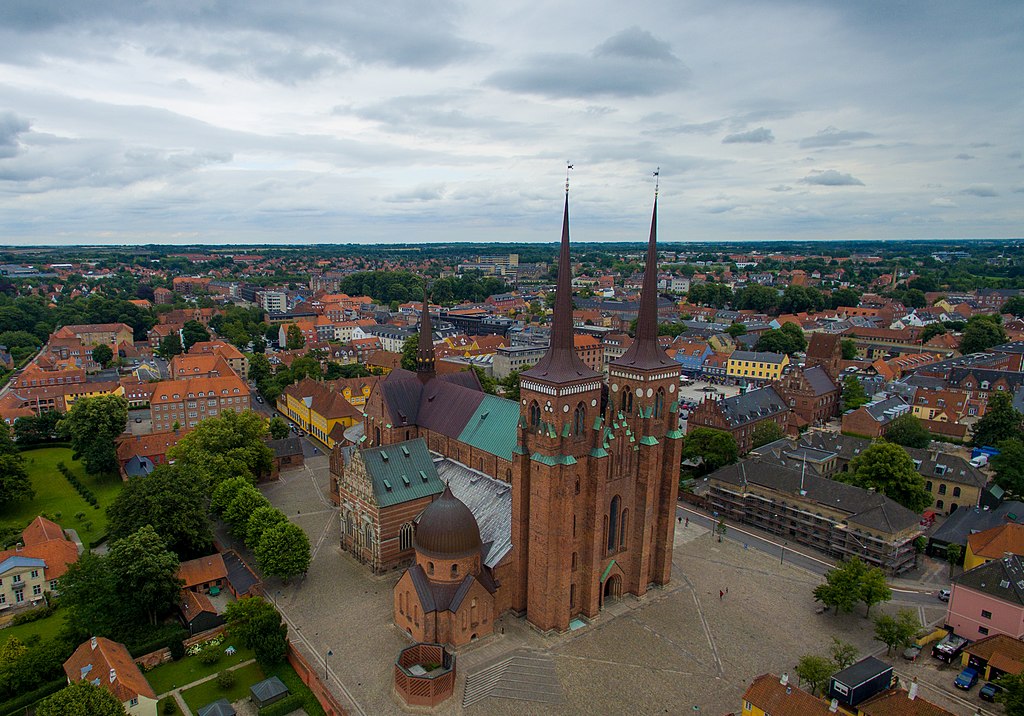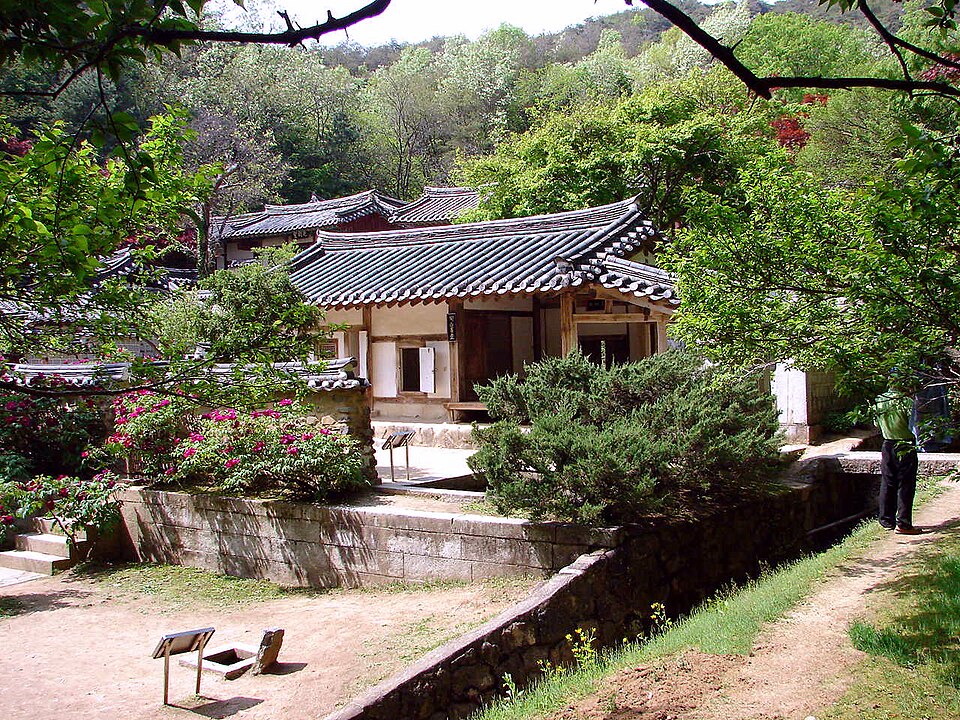Lesson Learnt from the 1968 Fire at Roskilde Cathedral
On 27 August 1968, as work on the restoration of Margrethe’s spire of the Roskild Cathedral (Denmark) was nearing completion, the spire burned down, threatening to collapse into the choir. While the fire was being extinguished, members of the civil defense and church staff covered the canons’ chairs, the altar, and the sarcophagi in the retrochoir with wet fire blankets, hoping to prevent damage to the priceless objects. According Wikipedia – Roskilde Cathedral, the Danish Defense Minister ordered a total ban on jet operations in the area, pending investigations into whether the vaults were at risk of collapse.
It was later discovered that, despite a total ban on any heat sources in the area where the restoration was taking place, craftsmen had been smoking and using blowtorches in the attic.

The fire was not the first experienced by the Cathedral. On 14 May 1443, a fire swept through Roskilde, destroying much of the town and all but three of the clergy’s houses. The fire was so intense that glass windows broke and the lead roof melted. The cathedral was badly damaged, and it was not until 1463 that the bishop, Oluf Mortensen, was able to reconsecrate it. Work on the fourth royal burial chapel began in 1915, and before its completion in 1924, Roskilde was again made a diocese.
Despite the efforts of firefighters, the fire caused significant damage: part of the roof of the nave collapsed, stained glass windows were shattered, and valuable works of art were charred. Miraculously, many historical elements, such as the Royal Crypt containing the tombs of the Danish monarchs, were saved thanks to their stone construction
Restoration and Remediation: A Decades-Long Undertaking (1969-1995)
The restoration of Roskilde Cathedral following the 1968 fires was a monumental undertaking spanning almost three decades (1969-1995). Restoration experts and conservators grappled not only with the physical repair of damaged structural elements but also with the long-term implications of material choices and preventative measures.
- Structural Reconstruction: The complete replacement of Margrethe’s Spire proved particularly challenging. Initially constructed from treated lumber, its replacement was found to be deteriorating due to the corrosive effects of preservatives on both the wood itself and the copper roofing. This necessitated a second replacement in the 1990s and a complete re-roofing between 2006 and 2008.
- Material Considerations: The initial decision to replace the wooden spire with a reinforced concrete structure, while aimed at greater fire resistance, represents a now debated approach. While offering structural stability, the material’s aesthetic incompatibility with the Cathedral’s historic fabric would likely not be considered best practice today.
- Preventative Measures: Recognising the critical role of preventative measures, the restoration incorporated enhanced electrical safety systems and implemented stringent fire safety protocols for all ongoing maintenance and restoration work. Remarkably, the fire brigade maintained a presence at the site for up to two hours after the workday ended throughout the restoration period, demonstrating the commitment to constant vigilance.
Lessons Learned: Safeguarding Architectural Heritage
The 1968 fires at Roskilde Cathedral – and the subsequent restoration – provide invaluable lessons for heritage conservation professionals worldwide:
- Strict Adherence to Safety Regulations: The August 1968 fire underscored the paramount importance of rigorous enforcement of safety regulations. Even seemingly minor infractions, such as allowing open flames or unauthorized electrical equipment in vulnerable areas, can have catastrophic consequences.
- Comprehensive Fire Risk Assessment: Prior to any restoration or maintenance work, a comprehensive fire risk assessment is crucial. This assessment must identify all potential ignition sources, evaluate the vulnerability of different materials, and define appropriate mitigation strategies.
- Considerations of Material Compatibility: When replacing damaged elements, careful consideration must be given to material compatibility. While modern materials may offer enhanced fire resistance, their aesthetic impact and long-term compatibility with historic fabrics must be thoroughly evaluated.
- Long-Term Material Monitoring: The issues with the initial replacement of the spire demonstrated the importance of long-term monitoring of materials to identify degradation or unintended consequences.
- Proactive Fire Prevention: the works by the fire brigade staff, who had to stay for up to two hours after the end of the working day, indicate considerable attention to the problem. This is essential for safeguarding architectural heritage.
- Collaboration and Oversight: Effective fire prevention and restoration require collaborative efforts involving architects, conservators, firefighters, and other relevant specialists. Continuous oversight and adherence to best practices are critical for long-term success.
An interesting video on the restoration works is published here by Malling Film.




